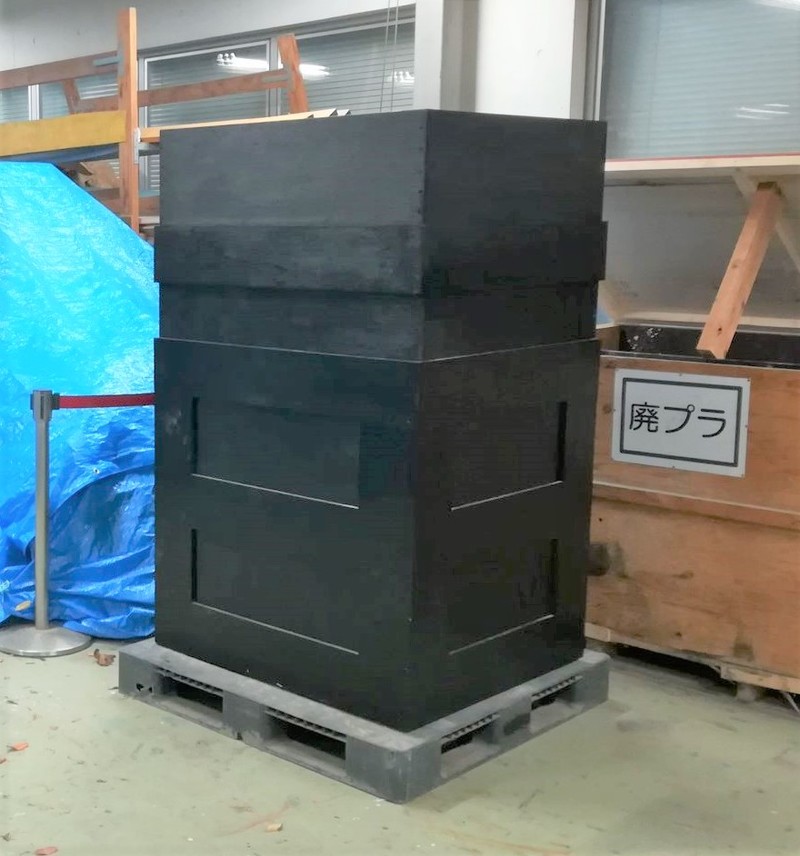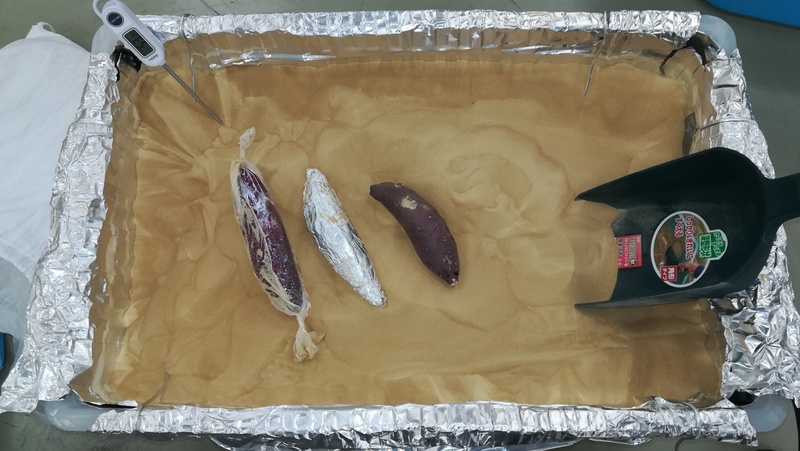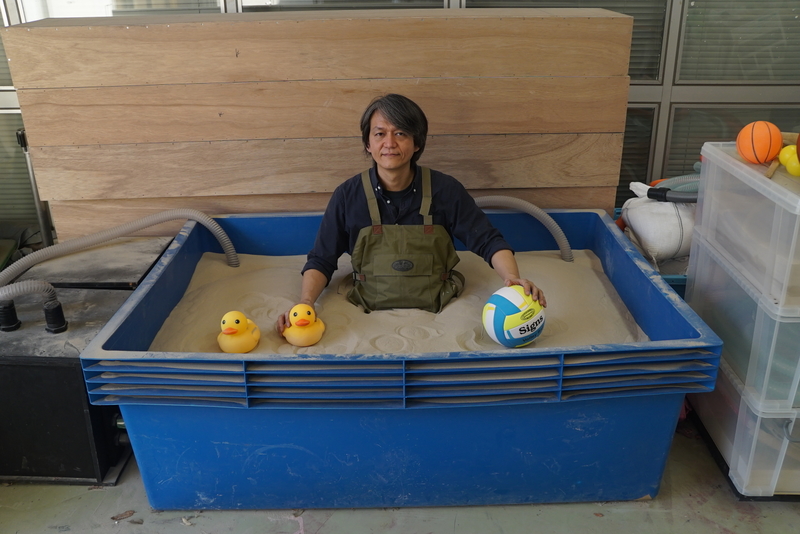Interviews

Instant Liquefaction with the Fluidized Bed Interface (Part 2)
Yasushi Matoba
Yasushi Matoba’s challenge was set: the Fluidized Bed Interface. In Part 2, we delve deeper into the specifics of his idea.
Interviewer & Japanese Writer: Yamamoto Takaya; Translation & Editing: Matthew Cherry
Yasushi Matoba’s Fluidized Bed Interface was selected for the INNO-vation Program’s Disruptive Challenge in 2017. Although Matoba wasn’t the one to discover the fluidized bed phenomenon, repurposing the technology typically found in incinerators into something that people could touch and interact with was groundbreaking.
(More information on the Fluidized Bed Interface can be found here in Part 1.)
In Part 3, we’ll ask Matoba about his developments beyond the INNO-vation Program.
Yasushi Matoba’s Profile




